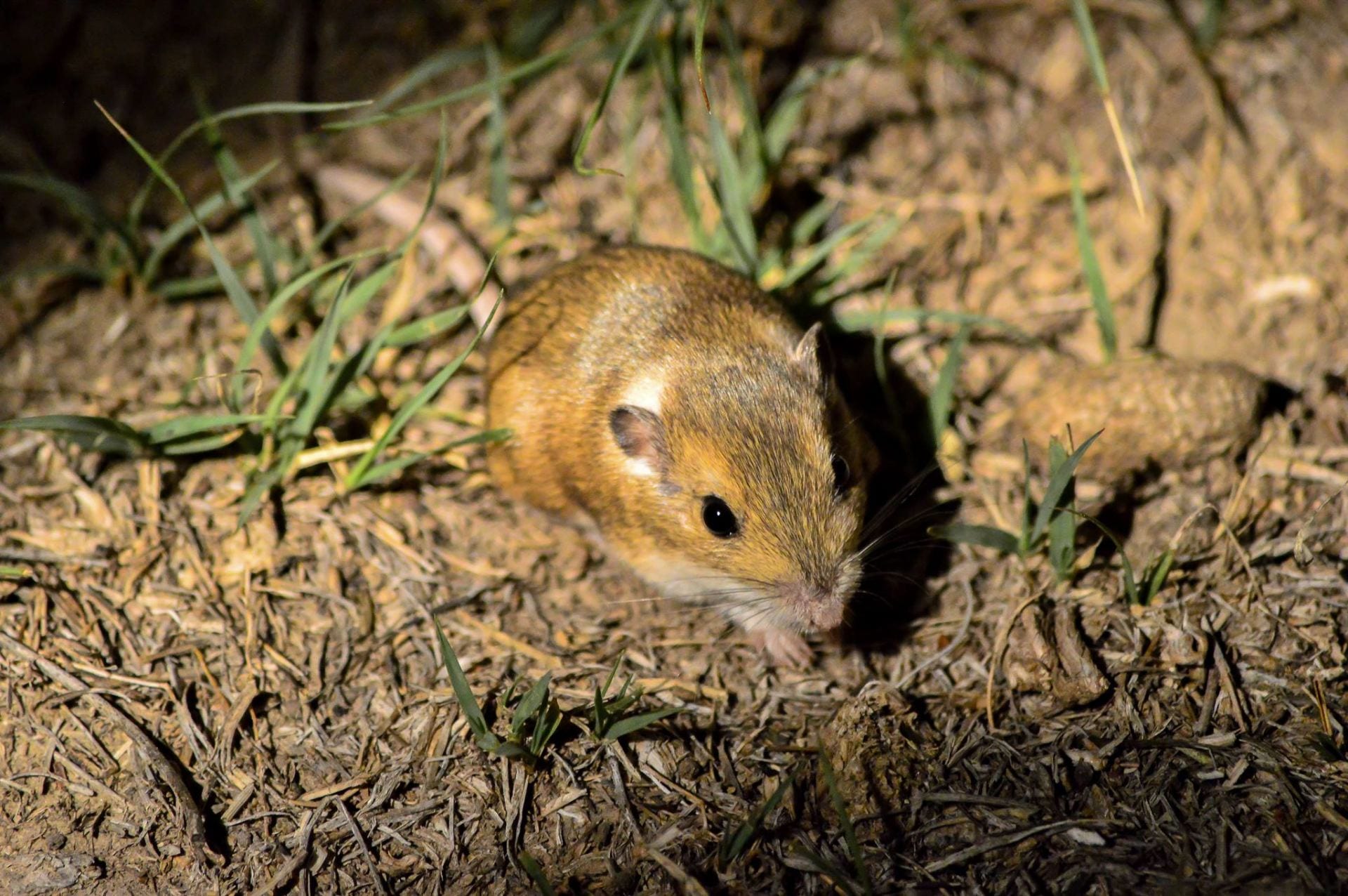Graduate students across disciplines agree: as your years of graduate education increase, your knowledge and skill sets become incredibly specialized. Cue Liam Neeson in Taken, “I can tell you that I do not have money, but what I do have… [is] a very particular set of skills.” So when I asked Dr. Tara Smiley, a Research Fellow at IU’s Environmental Resilience Institute, about the most unique research she has conducted, I fully sympathized with her answer: she described sitting in a museum’s collections department, nicely dressed for an elegant birthday dinner later that evening, giving rodent specimens delicate haircuts with a pair of curved nail scissors. A very specialized skill indeed!

These hair samples were destined to be ground into fine particles (like a nice espresso) and packed into tiny aluminum tubes for stable isotopic analysis. Isotopes are alternative forms of the same element, varying in the number of neutrons per atom. For example, 1H is the most common form of hydrogen, with one neutron, while 2H is a rarer form, with two neutrons. Elements generally do not occur in one form, but rather as a mixture of different isotopes. An region’s isotope composition is influenced by various factors, from the impact of temperature and precipitation patterns on hydrogen, to the influence of local bedrock geology on strontium. Because we are what we eat, an organism like a silky mouse will take up isotope mixtures from food she eats and the water she drinks. Because stable isotopes do not decay, the isotope mixtures in her tissues become locked in a permanent signature of the biological and physical processes occurring in the place and time that her tissue – such as hair – was grown.

For researchers like Dr. Smiley, these isotope signatures literally paint a picture rich with details to interpret. Such data can be used to build a reference map of environmental isotope values (known as an isoscape), to figure out where a silky mouse was when she grew her hair, as well as what she was eating. This process is often used to better understand migration patterns in large mammals and birds, which are able to cover long distances. On the other hand, mammals that have small territories, such as Dr. Smiley’s silky mice, are perfect for studying how plant communities vary over space and time – yes, you read that right. “Using hair from museum specimens collected over the last century and even bones and teeth from fossil mice, we can use isotopes to step back through time and understand how climate, environmental, and anthropogenic changes have influenced species ecology,” says Smiley.
“Looking at the past is like looking at experiments already conducted. This historical perspective can then provide baseline information that helps us make more accurate predictions for the future.”

In other words, working backwards can help us look forward. Let us consider our silky mouse, collected perhaps 75 years ago in southern California. She would have nibbled on plants near her burrow, and the stable isotope mixtures in her hair would reflect her eating habits. But today, are those same plants still available locally? If we returned to southern California to capture another silky mouse (perhaps an extremely distant relative!), and gave her a little haircut, what would her hair have to say? If the climate has shifted dramatically enough, it is possible that the range of those plants preferred by our original mouse may have shifted, forcing local mice to choose something else for dinner. If this is the case, the stable isotope mixtures of our new silky mouse would be significantly different from her ancestor’s. By comparing isotope mixtures of specimens taken over time, along with climate data, we can understand ecological shifts that have occurred in response to climate change.
IU’s recently established Environmental Resilience Institute is focused on preparing for environmental change; this includes predicting how ecological patterns, including shifts in wildlife diets and migration behavior, will change in response to changing temperature, precipitation patterns, and increasingly unpredictable weather events. With the help of Dr. Simley and her fellow researchers, we will be armed with better information about what to expect in the future, and how changes in ecological patterns could impact human health, wildlife health, and agriculture.
Edited by Alexandra Moussa-Tooks and Riddhi Sood

Leave a Reply